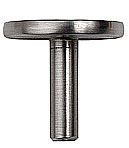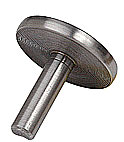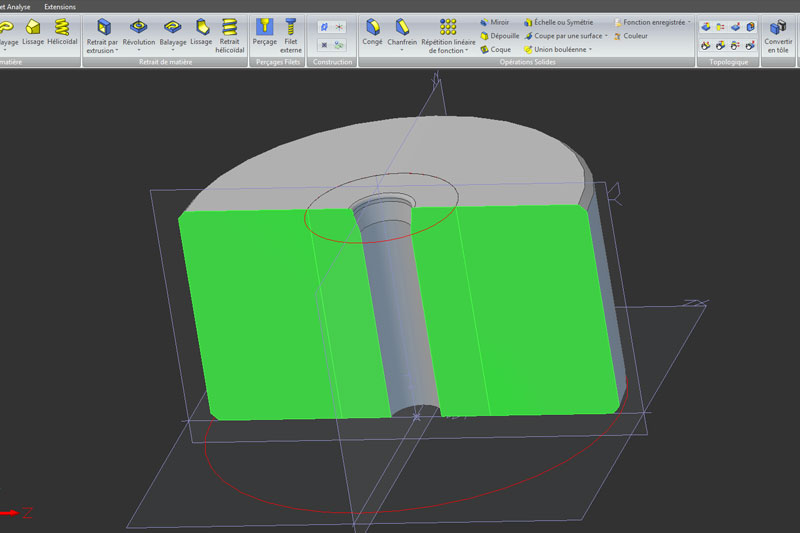Cold heading
• The art of upsetting and extruding
Cold heading, also known as cold forming or cold forging, consists of two forming operations which can be implemented either separately or simultaneously to form a billet of draw metal wire (steel, aluminium, copper, brass, stainless steel, titanium, Inconel, etc.) through plastic deformation.
Type 1: Upsetting
The impact force applied to the end of the billet, held between a punch and a die, exceeds the elastic limit of the material. As a result, the material is deformed and the diameter of the billet increases while its length decreases. The metal is upset.
Type 2: Exterior extrusion (extrusion or direct extrusion) or interior extrusion (drilling or backward extrusion)
Under the effect of the pressure applied by the punch, the metal is forced to flow through a wire extrusion die (in the case of wire extrusion) or along a drilling needle contained in a die (in the case of drilling).
• Interests and advantages of the process
Cold formed parts feature improved physical properties, especially when compared to the main alternative technique, i.e. bar turning:
The grain flow is continuous and follows the contour of the part, resulting in increased fatigue strength.
The strain hardening caused by the cold forming process increases the mechanical strength, the elastic limit and the hardness of the parts. At the same time, reduction of area and the elongation are reduced.
Moreover, this technique provides good dimensional accuracy, extremely even surface roughness, excellent repeatability, material saving and very good productivity.















































